Advertisement
Leads to less use of resources in school settings
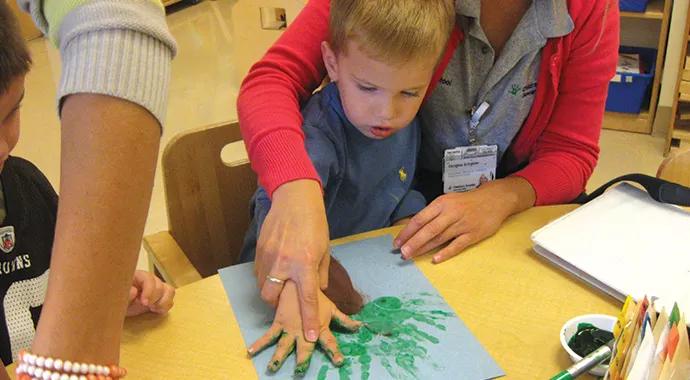
Advertisement
Cleveland Clinic is a non-profit academic medical center. Advertising on our site helps support our mission. We do not endorse non-Cleveland Clinic products or services. Policy
Providing intensive applied behavior analysis services for children 18 months to 6 years old can allow a majority of children to transition to a less intensive educational placement.
The Early Childhood Program at Cleveland Clinic Lerner School for Autism provides early, intensive behavioral intervention to young children diagnosed with autism spectrum disorders. Children receive 30 or more hours per week of intervention year-round through partnership between the education team and the child’s parents/guardians.
Using the science of applied behavior analysis and child development principles, an individualized curriculum is designed to teach communication, social interaction, play and a range of functional and adaptive skills.
Since the program opened in 2002, 101 students have graduated. The majority of children who have exited the Early Childhood Program over the past decade have moved on to mainstream placements with minimal or no educational supports needed (39 percent) or less intensive special education placements (26 percent) that do not require intensive behavioral intervention (Figure 1). A minority of students (35 percent) continue to need intensive behavioral intervention.
As a comparison, previous studies of intensive behavioral intervention programs for preschoolers have found rates of minimal-support placements of approximately 30 percent.
Over the past five years, increasing percentages of preschoolers have exited to settings where intensive behavioral intervention is no longer required for student success (Figure 2). These placements include mainstream classrooms without any additional support or with either pullout intervention (e.g., individualized instruction in mathematics or reading) or an aide providing behavioral and academic support as necessary. Higher baseline language scores after six months of intervention nearly perfectly predicted minimal-support placement at exit.
These findings indicate that young children with autism can experience substantial improvements in their ability to function independently, resulting in decreased resource utilization and cost to the public education system.
Dr. Frazier is Director of the Center for Autism and a staff psychologist in the Center for Pediatric Behavioral Health. His research interests include studies of autism symptoms and diagnosis, identification of autism traits in unaffected relatives and brain imaging studies of autism. He can be reached at 216.448.6440 or fraziet2@ccf.org.
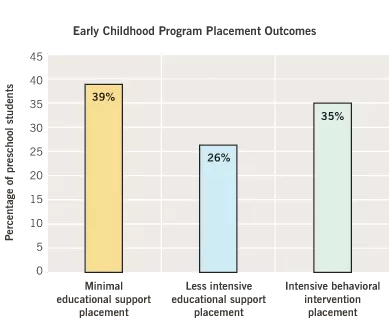
Figure 1
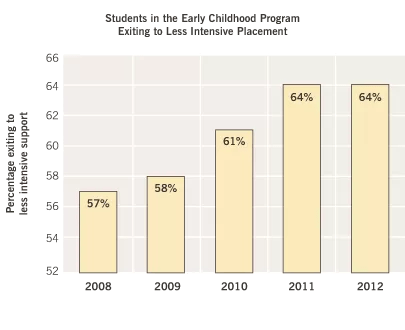
Figure 2
Advertisement
Advertisement
Advertisement

Consider offering your patients enrollment in a leading-edge clinical study
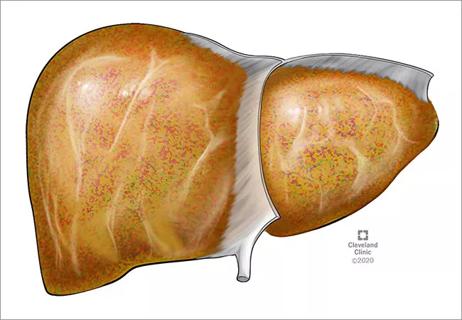
Findings underscore need for early screening and close follow-up

Consider offering your patients enrollment in a leading-edge clinical study
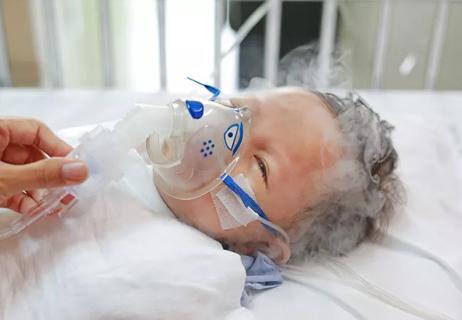
Titanium dioxide nanoparticles exaggerate inflammation induced by RSV
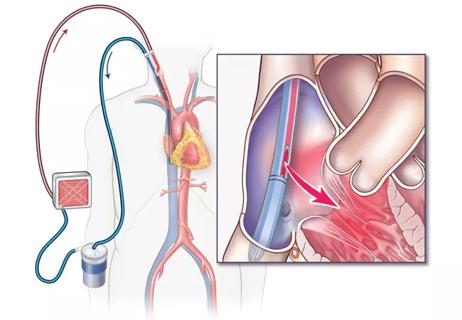
Study supports using the direct thrombin inhibitor

Estimating risk remains elusive

The search for predictive factors continues

A conservation with Karen Murray, MD